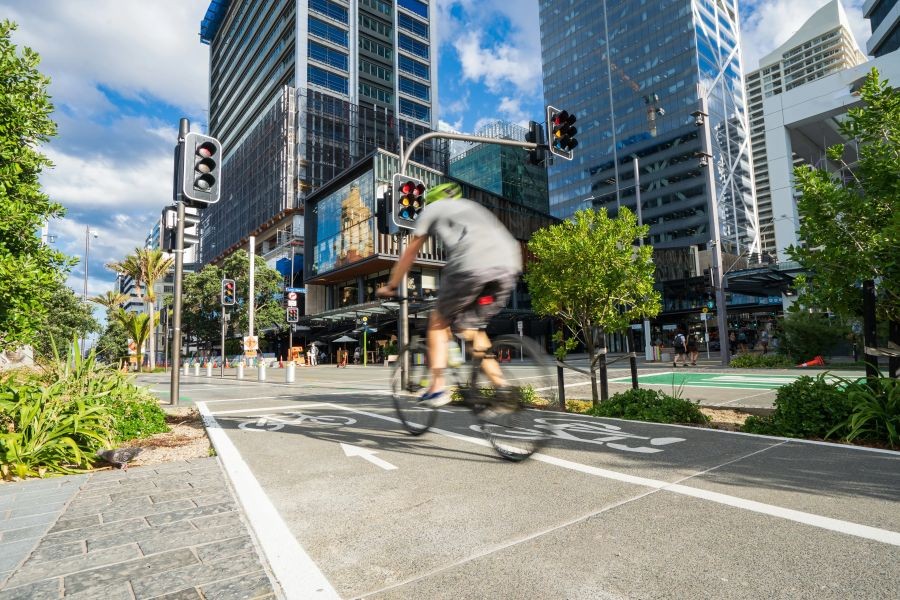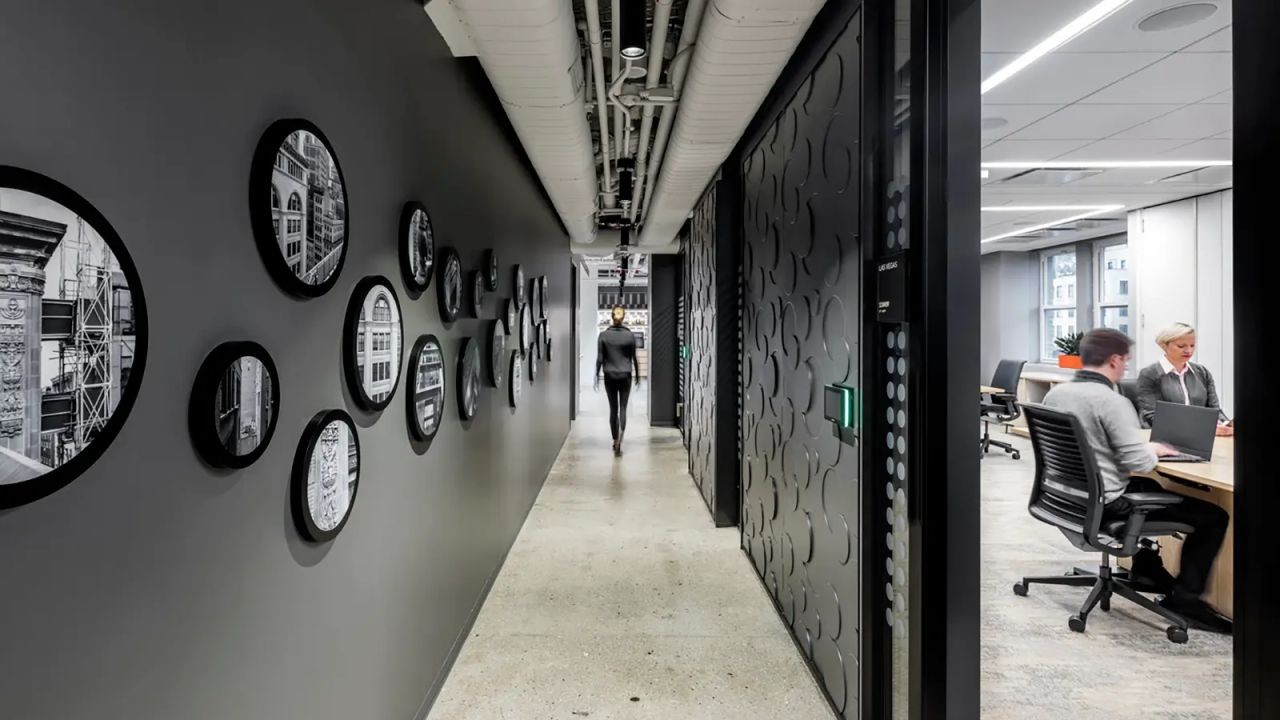Imagine stepping onto a sleek, autonomous shuttle in downtown Auckland, seamlessly navigating through the city’s streets without a driver, powered by green energy and part of an interconnected network of public transportation options. This vision for New Zealand's public transport system is not just a dream but a likely reality within the next decade, driven by technological advancements and growing environmental awareness. As New Zealand aims to reduce its carbon footprint and increase public transport usage, significant transformations in the sector are expected. The question is: how will these changes shape New Zealand’s public transport landscape in the next 10 years?
The State of Public Transport in New Zealand
Currently, New Zealand's public transport system is a patchwork of buses, trains, and ferries, with Auckland and Wellington being the most developed hubs. According to Stats NZ, public transport journeys reached over 150 million annually by 2022, yet this represents just a fraction of total commutes nationwide. With increasing urbanization and environmental targets, the need for a robust and efficient public transport system has never been more critical.
How It Works: The Future of Transportation Technologies
- Autonomous Vehicles: Autonomous transport is a vital component of future public transport strategies. Self-driving buses and shuttles will likely become commonplace, reducing labor costs and increasing efficiency. The New Zealand Government's support for autonomous vehicle trials, as seen with the New Zealand Transport Agency's pilot programs, underscores this future direction.
- Electric and Hydrogen-Powered Vehicles: In alignment with New Zealand's commitment to becoming carbon neutral by 2050, the transition to electric and hydrogen-powered public transport is inevitable. The country's existing initiatives, such as the Low Emission Vehicle Contestable Fund, have already laid the groundwork for this shift.
- Integrated Mobility-as-a-Service (MaaS): MaaS platforms will enable Kiwis to plan, book, and pay for multiple types of public and private transport services through a single digital interface. This innovation aims to make public transport more user-friendly and accessible, driving higher adoption rates.
Case Study: Wellington’s Smart Transport Initiative
Problem: Wellington faced significant challenges with congestion and outdated public transport infrastructure, leading to inefficiencies and dissatisfaction among commuters.
Action: To address this, the Greater Wellington Regional Council launched a comprehensive smart transport initiative. This included the introduction of real-time tracking apps, the integration of electric buses, and pilot projects for autonomous vehicle corridors.
Result: Within two years, public transport usage in Wellington increased by 20%, and commuter satisfaction rose significantly, according to a 2023 report by the Wellington City Council.
Takeaway: This case study illustrates the potential of leveraging technology to improve public transport infrastructure. New Zealand cities can replicate Wellington’s success by investing in smart technologies and sustainable transport solutions.
Data-Driven Insights
An analysis by the Ministry of Business, Innovation, and Employment (MBIE) highlights that every dollar invested in public transport can generate up to $4 in economic returns through reduced congestion and improved productivity. Moreover, Stats NZ data shows that cities with efficient public transport systems have lower pollution levels and higher quality of life indices.
Contrasting Viewpoints: Benefits and Challenges
Pros
- Environmental Impact: Transitioning to cleaner public transport solutions can significantly reduce New Zealand’s carbon emissions, aligning with national sustainability goals.
- Economic Growth: Modernizing public transport infrastructure can boost local economies through job creation and increased accessibility.
- Technological Advancements: Implementing advanced technologies such as AI and IoT can enhance the efficiency and reliability of public transport systems.
Cons
- High Initial Costs: The upfront investment required for upgrading infrastructure and developing new technologies can be substantial.
- Technological Risks: Issues such as cybersecurity threats and system malfunctions pose potential risks to the reliance on advanced technologies.
- Public Resistance: Adoption of new transport solutions may face resistance from the public due to a lack of familiarity or skepticism towards new technologies.
Common Myths & Mistakes
- Myth: "Public transport is only for large cities." Reality: Smaller New Zealand towns can benefit significantly from improved public transport, as evidenced by Timaru’s successful on-demand public transport trial.
- Myth: "Electric vehicles are more expensive in the long run." Reality: According to the Energy Efficiency and Conservation Authority (EECA), electric buses offer lower lifetime costs compared to diesel alternatives, mainly due to reduced fuel and maintenance expenses.
- Myth: "Autonomous vehicles are unsafe." Reality: Studies indicate that autonomous vehicles can reduce accidents by up to 90%, primarily by eliminating human error.
Future Trends & Predictions
By 2033, New Zealand is likely to witness a significant transformation in its public transport system, characterized by widespread adoption of autonomous and electric vehicles, integrated MaaS platforms, and a strong emphasis on sustainability. According to a report by Deloitte, the global smart transportation market is projected to reach USD 156.5 billion by 2027, with New Zealand poised to benefit from these advancements through strategic investments and policy support.
Conclusion
The future of New Zealand’s public transport system is bright, fueled by technological innovation and a push towards sustainability. As the country moves towards this new era, it is crucial for policymakers, businesses, and citizens to embrace and support these changes. What steps should be taken next to ensure a smooth transition? Engaging in community discussions, staying informed about upcoming projects, and advocating for sustainable practices are all vital actions. Share your thoughts and join the conversation on the future of New Zealand's transport landscape!
People Also Ask (FAQ)
- How does the future of public transport impact New Zealand's economy? A robust public transport system enhances economic productivity by reducing congestion and improving accessibility, potentially boosting local economies by up to four times the investment, according to MBIE.
- What are the biggest misconceptions about New Zealand's public transport? One common myth is that public transport is only viable in large cities. However, evidence from Timaru's on-demand service demonstrates its benefits for smaller towns.
- What are the best strategies for implementing future public transport solutions? Experts recommend integrating technology through MaaS platforms, investing in sustainable vehicles, and fostering community engagement for successful implementation.
Related Search Queries
- Future of public transport in New Zealand
- New Zealand sustainable transport initiatives
- Autonomous vehicles in New Zealand
- Electric buses in New Zealand
- Mobility-as-a-Service in New Zealand
- Public transport investment benefits
- Transport policy in New Zealand
- Environmental impact of public transport
- Smart transportation technologies
- Urban planning and public transport
































AnitraG94
24 days ago